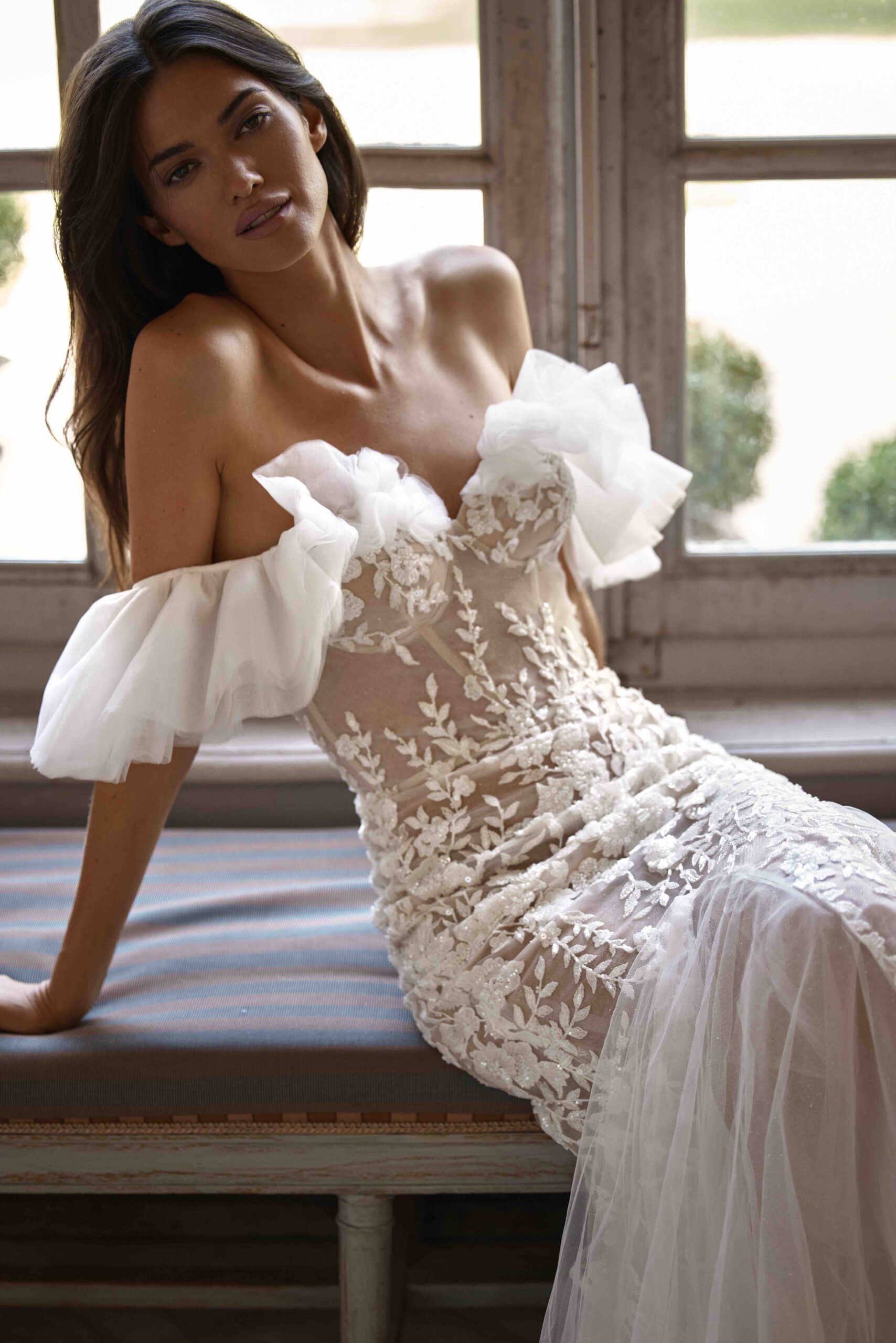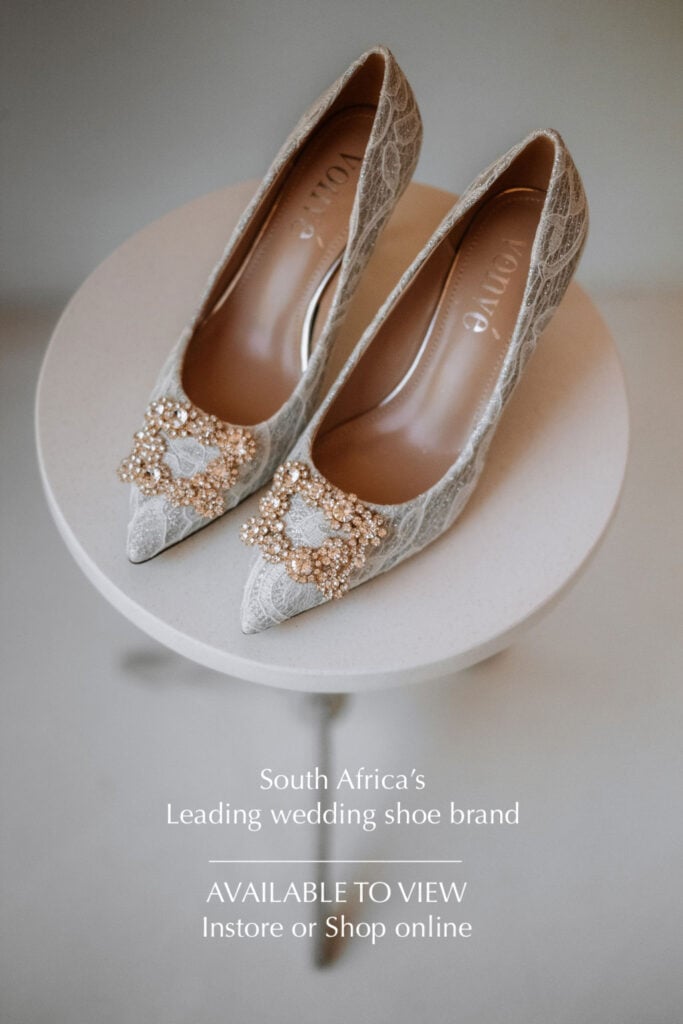Whether brides pay for their own wedding dress or not can vary widely based on cultural traditions, family dynamics, and personal preferences. Here are some common scenarios regarding who typically covers the cost of the wedding dress:
- Bride’s Family: In some cultures and traditions, the bride’s family assumes the responsibility of purchasing the wedding dress. This tradition may be based on the idea that the bride’s family hosts and organizes the wedding.
- Groom and Bride: In many modern weddings, the cost of the wedding dress is shared between the bride and the groom. Couples often view wedding expenses as a joint responsibility, and the bride may use her own funds, combined with contributions from the groom, to buy the dress.
- Bride Herself: Some brides choose to pay for their wedding dress entirely on their own. This can be due to financial independence or a desire to make their own choices when it comes to the dress.
- Gift: In some cases, the wedding dress may be given as a gift to the bride. This gift could come from the bride’s parents, the groom, or another family member.
- Both Families: In certain cultural traditions, both the bride’s and groom’s families contribute to various wedding expenses, including the wedding dress. In such cases, the cost may be divided among the families.
- Other Sources: Some brides may use a combination of sources to fund their wedding dress, including savings, contributions from family members, or even wedding gift money.
Ultimately, who pays for the wedding dress depends on the specific circumstances and agreements between the bride, groom, and their families. It’s important for couples to have open and honest discussions about their wedding budget and financial expectations from the outset of wedding planning. This helps ensure that everyone is on the same page regarding who will cover the various wedding expenses, including the wedding dress.

